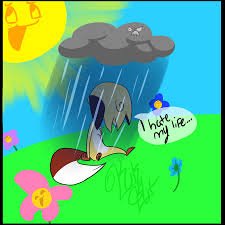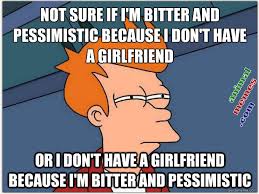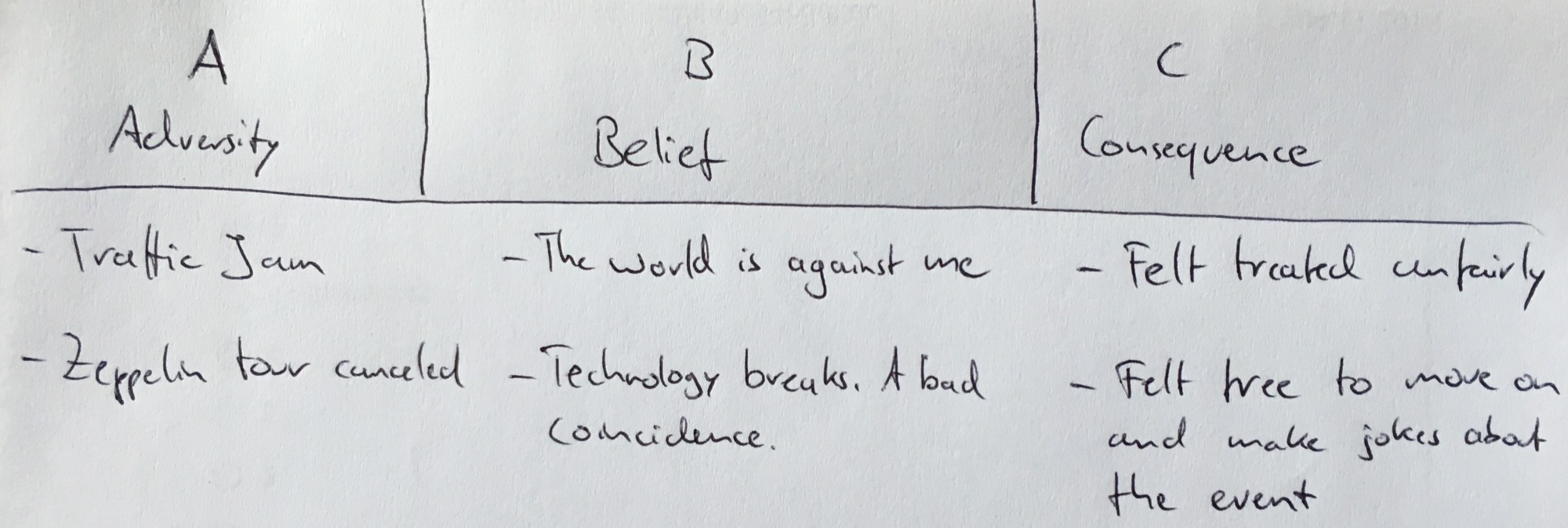Trapt in a pit of hopelessness........

Learning To Cope Better.
Whenever a stressing situation occurred, I would become overwhelmed and burdened irrational beliefs of why the event happened. For example, if I failed an exam in school I would say I am not smart or assume the teacher just hates me. You can guess how these beliefs can hinder our progress. Why study if you are not smart? Why go to class if the teacher hates you?
Unlike the pessimist who tends to give up because he internalizes that he is not smart and believes he will fail the next one because one lousy event spills to other areas. Optimistic people in nature do the exact opposite in situations like that. Reseach shows that people who test for optimism ( They use an attributional style questionnaires, I took one a couple of years ago and proved for pessimism as expected) explain the exact opposite way. "I just did not study enough, or the test was just too hard," Would you quit if you believed this?
Those with an optimistic explanatory style are persistent and give up less than those with pessimistic explanatory styles. For example, when an optimistic student fails an exam he tends to say, “the exam was hard I will just study harder for the next exam”, unlike the pessimist who tends to give up because he internalizes that he is not smart and believes he will fail the next one because one bad event spills to other areas.

I felt helpless in changing anything, controlled by these structure of beliefs explaining every bad and good situation that occured to me. So you're probably curiously wondering if I was able to find a way to change and I found something that would change my life for the better and is actually very easy and takes no more then 5 minutes of your day.

It is possible to change your beliefs to endure life in the face of tradgey? Yes
Dr. Albert Ellis designed a method to change pessimistic thought processes known as the ABC model. Seligman later expanded this theory changing it to the ABCDE method. Seligman thought that any individual could learn to
be optimistic even if a pessimist. This process has potential to help depression, help an individual attain more, and improve physical health.
A (Adversity). The negative objective description for what happened (not
your interpretation of it).
B (Beliefs). Your beliefs are how you interpret the adversity.
C (Consequences). Your feelings and what you did.
D (Disputation). A deeper, more lasting remedy for disturbing beliefs is to
question them; look for alternative reasons.
E (Energization). The process of bringing together and applying the model;
this will lead to a more optimistic outlook.
For example,

You can then observe how the belief is actually creating a change in your state.
You can provide evidence to dispute your harmful beliefs.
Belief 1: The world is not against me, I have family and friends who are loving and supporting.
Belief 2: Technology breaks and it was just a random event. There will be many other concerts.
After observe how you felt after writing that and plan how your motivated now to confront the situation.
Thanks for reading. I did for 3 years on and off in times of very stressfull situations and I can tell you my well-being is better if i never did it.